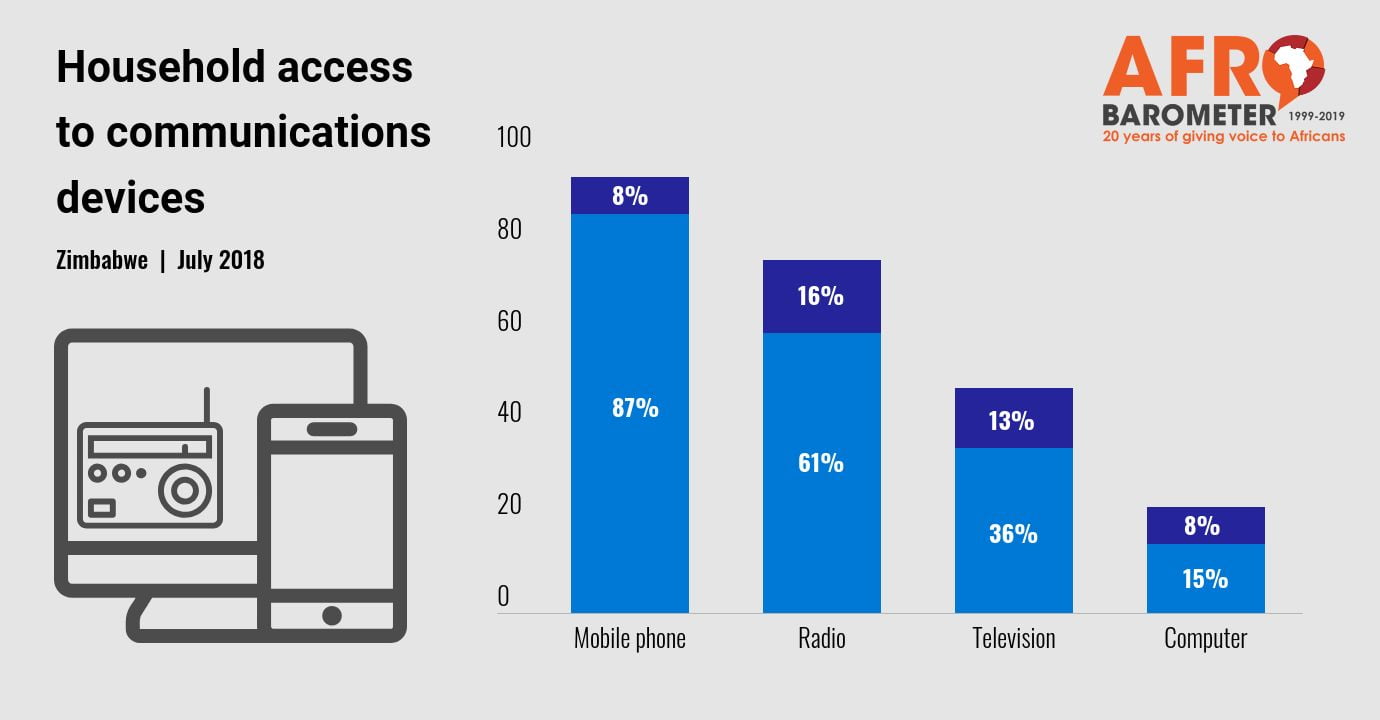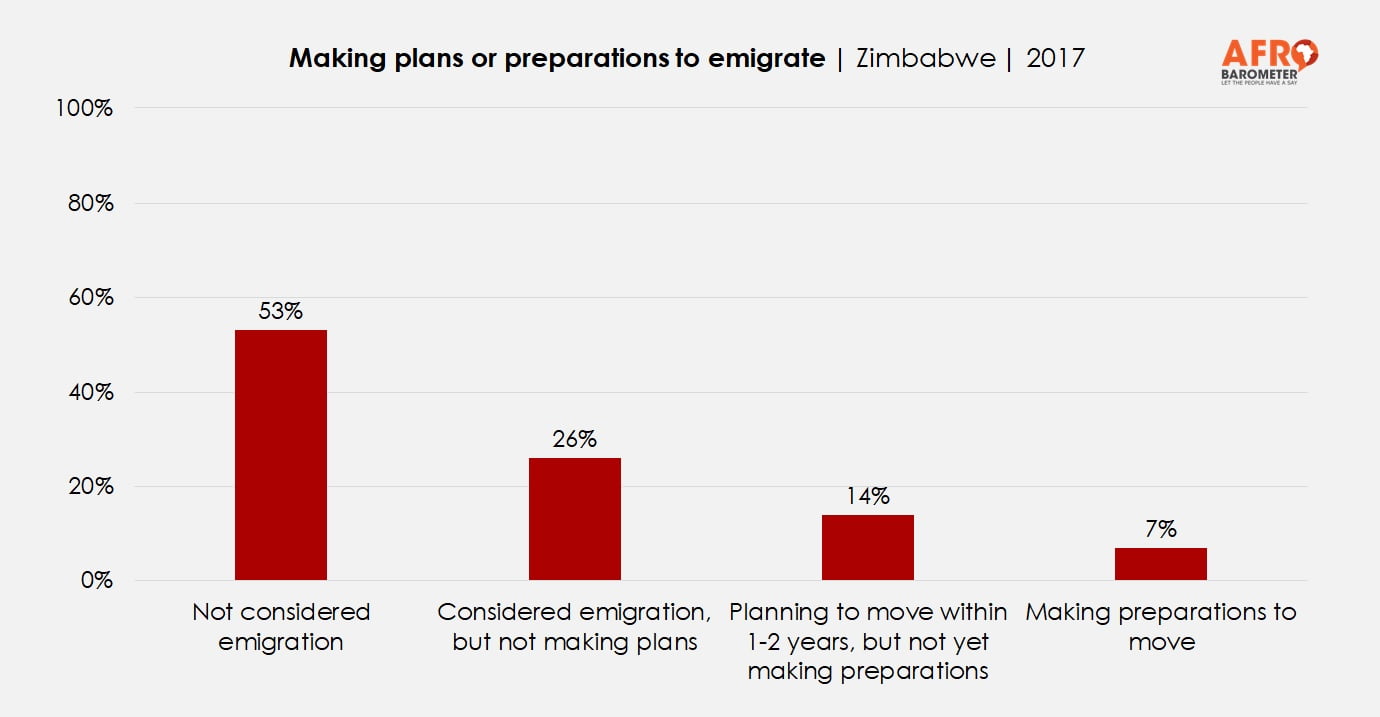- As of July 2018, more than nine out of 10 Zimbabwean households (95%) had cell phones, while 77% had radios, 49% had televisions, and only 23% had computers.
- Cell-phone service was available in almost all urban zones as of 2017, but 15% of rural areas did not have coverage.
- Fewer than half (43%) of cell-phone owners – and only 28% in rural areas – said their phones had access to the Internet.
- Only one-fourth of Zimbabweans said they used the Internet “every day” (14%) or “a few times a week” (11%). Six out of 10 (62%) said they “never” went online.
- As of mid-2018, almost half (45%) of Zimbabweans lived in areas without a public electricity grid. And only about three out of 10 respondents (31%) said their home had an electric connection that worked “most” or “all” of the time.

An estimated 1.59 billion students in 194 countries, or 91.3% of the world’s student population, have been affected by school closures as a result of the COVD-19 pandemic (UNESCO, 2020). That includes 297 million students across the African continent and 4.13 million in Zimbabwe. With support from the World Bank and others, countries are trying to keep education going through remote learning via radio, television, the Internet, and social media (Kuwonu, 2020; World Bank, 2020). In many places, however, inadequate electricity supply, low Internet connectivity, the high cost of data, and an urban-rural digital divide threaten to leave millions of students behind. According to UNESCO (2020), 89% of learners in sub- Saharan Africa do not have access to household computers, and 82% lack Internet access. Even traditional tools such as radio and television can be difficult to access for many.
In Zimbabwe, as the number of COVID-19 cases continues to increase slowly, Parliament has cautioned against a quick reopening of schools (CGNT, 2020). The government is encouraging the use of digital platforms to provide remote-learning services (World Bank, 2020). For example, the private Higher Life Foundation has provided free access to its online Ruzivo learning platform, though uptake has been limited. In its Education Sector Response Strategy, the Ministry of Education plans to focus on ensuring the continuity of learning by providing remote-learning services via radio programming, digital/online resources, and the distribution of supplementary learning materials (Zimbabwe Education Cluster, 2020).
Is this a viable option for students in Zimbabwe? Afrobarometer survey data from 2017 and 2018 show that a majority of Zimbabwean households didn’t have mobile phones with Internet access, computers, or reliable electricity supply. Even among the youngest adults, only one in three regularly went online. While these numbers may have improved in the past two years, they suggest the enormous hurdles that young Zimbabweans would face in participating in online learning (e-learning).
Radio and television ownership is more widespread, but even remote learning via these traditional channels would exclude significant portions of the population, especially in rural areas.

